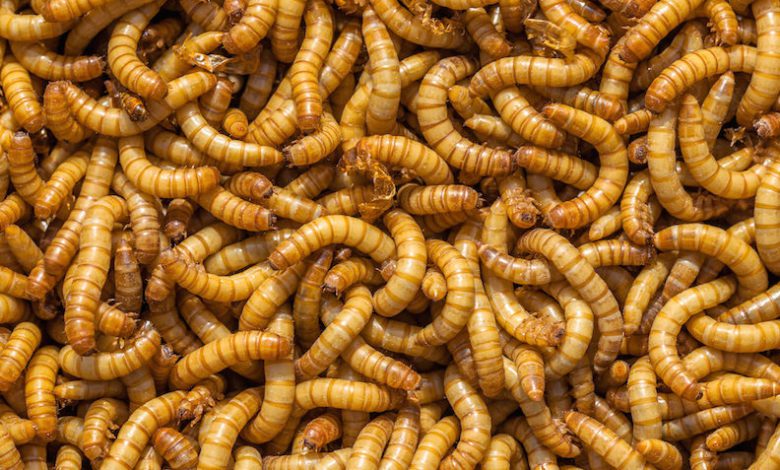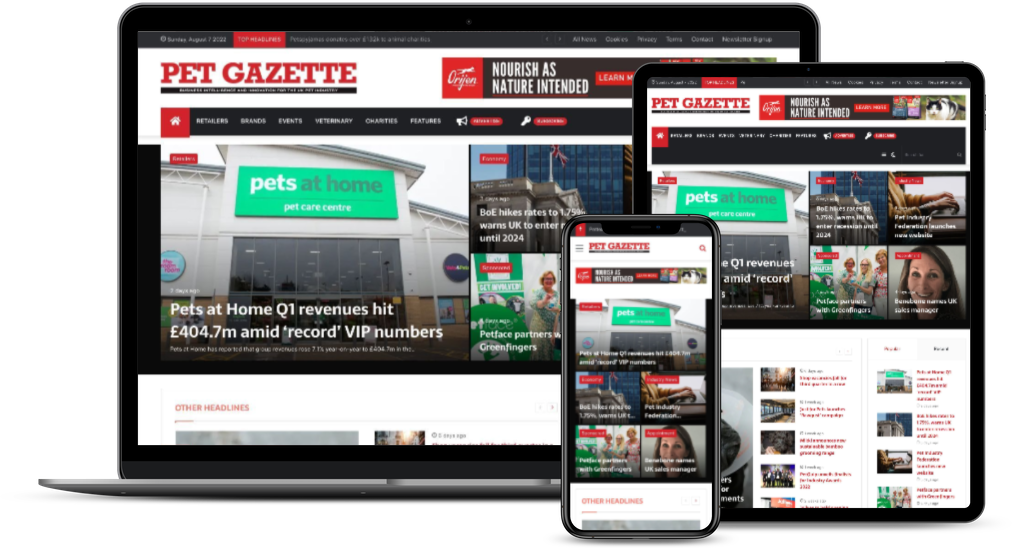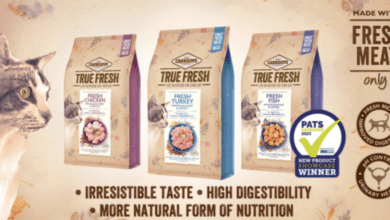Gut Loading: what are the benefits?

Over the past year or so we have been looking in detail at the wider topic of nutrition in captive reptiles and amphibians. We have looked at the parameters that any given species needs to encounter daily to be able to ‘fuel’ its body.







